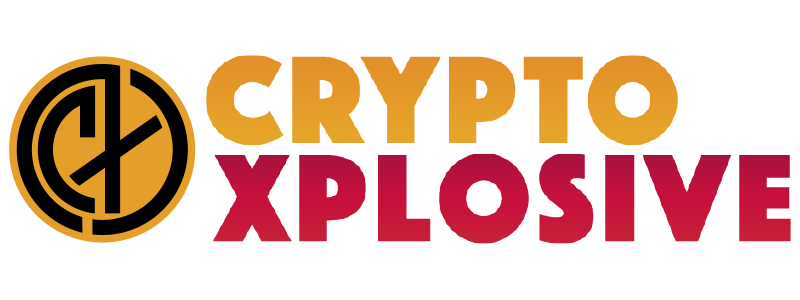Tether plans new US dollar stablecoin as reserves near $120B amid Washington lobbying

- Q1 2025 audit shows excess reserves down to $5.6 billion from $7 billion.
- Tether’s reserves are managed by Cantor Fitzgerald, raising scrutiny over potential conflicts.
- Competitor World Liberty Financial, backed by the Trump family, also plans to launch a stablecoin.
Tether, the world’s largest stablecoin issuer by market capitalisation, is preparing to launch a US-based stablecoin by the end of 2025 or early 2026.
The move marks a shift in the company’s strategy as it aims to align itself more closely with American regulatory frameworks.
While its international USDT token is already dominant in global crypto trading, the proposed dollar-pegged stablecoin will be designed to comply with domestic regulations in the United States.
Tether CEO Paolo Ardoino revealed the development during an interview at the Token2049 conference in Dubai.
He confirmed the company was awaiting the outcome of pending US legislation before finalising a launch timeline.
The push coincides with Tether’s broader attempt to reposition itself in the US as a compliant and cooperative player, following past controversies over its reserve disclosures and regulatory fines.
Lobbying efforts intensify in Washington
Tether’s domestic pivot comes as Ardoino increases his presence in Washington, DC.
His recent efforts include private meetings with lawmakers and a Capitol Hill lunch with Republican Senator Bill Hagerty, according to reports.
The company is now actively lobbying in support of proposed legislation like the GOP-backed GENIUS Act, which includes provisions that could benefit foreign issuers such as Tether if they agree to cooperate with US law enforcement.
Ardoino has also underscored Tether’s relationship with US agencies, stating that no other financial entity, traditional or crypto, matches its collaboration level with law enforcement.
While the company was once criticised for allegedly enabling criminal transactions, its new strategy focuses on transparency and legal compliance as a means of gaining regulatory approval.
Tether’s headquarters remain in El Salvador, but the company’s efforts to develop a domestically compliant stablecoin reflect its evolving approach to regulatory alignment.
It is positioning the new token as separate from its global USDT product, tailored to meet specific legal and financial rules within the US.
Cantor Fitzgerald link draws scrutiny
As part of its reserve management strategy, Tether holds billions in US Treasuries managed by Cantor Fitzgerald, a major Wall Street firm.
The firm’s Q1 2025 attestation report confirmed holdings of nearly $120 billion in Treasuries, though its excess reserves declined to $5.6 billion from over $7 billion in December 2024.
The Cantor connection has attracted attention due to the firm being led by the sons of US Commerce Secretary Howard Lutnick.
Ardoino addressed concerns around conflicts of interest, stating that proper “walls” are in place and that he does not communicate directly with the secretary.
He also emphasised Tether’s healthy capital position, noting $7 billion in excess equity and suggesting that traditional institutions should emulate its model.
In 2021, Tether paid $18.5 million to settle charges by the New York attorney general over misrepresentations about its reserves.
Since then, it has begun publishing routine attestation reports.
Ardoino insisted the company is now better capitalised than many traditional financial firms and prepared to withstand significant market shocks.
Domestic stablecoin market heats up
Tether’s expansion into the US stablecoin market comes amid increased political attention.
The Trump-backed World Liberty Financial recently announced plans to launch its dollar-backed token, adding to the competition for regulatory legitimacy and market share.
While stablecoins remain a hot topic in Washington, the GENIUS Act and other proposals could set the stage for clearer compliance pathways for issuers.
Tether’s ability to influence policy could prove crucial as it seeks to enter a space where scrutiny is likely to intensify in the run-up to the 2026 elections.
Tether’s move to issue a domestically regulated stablecoin is not only a technical milestone but also a political statement.
As regulatory conversations gain momentum in Washington, its future may depend less on market dominance and more on legal alignment with US financial policy.



Comments are closed, but trackbacks and pingbacks are open.